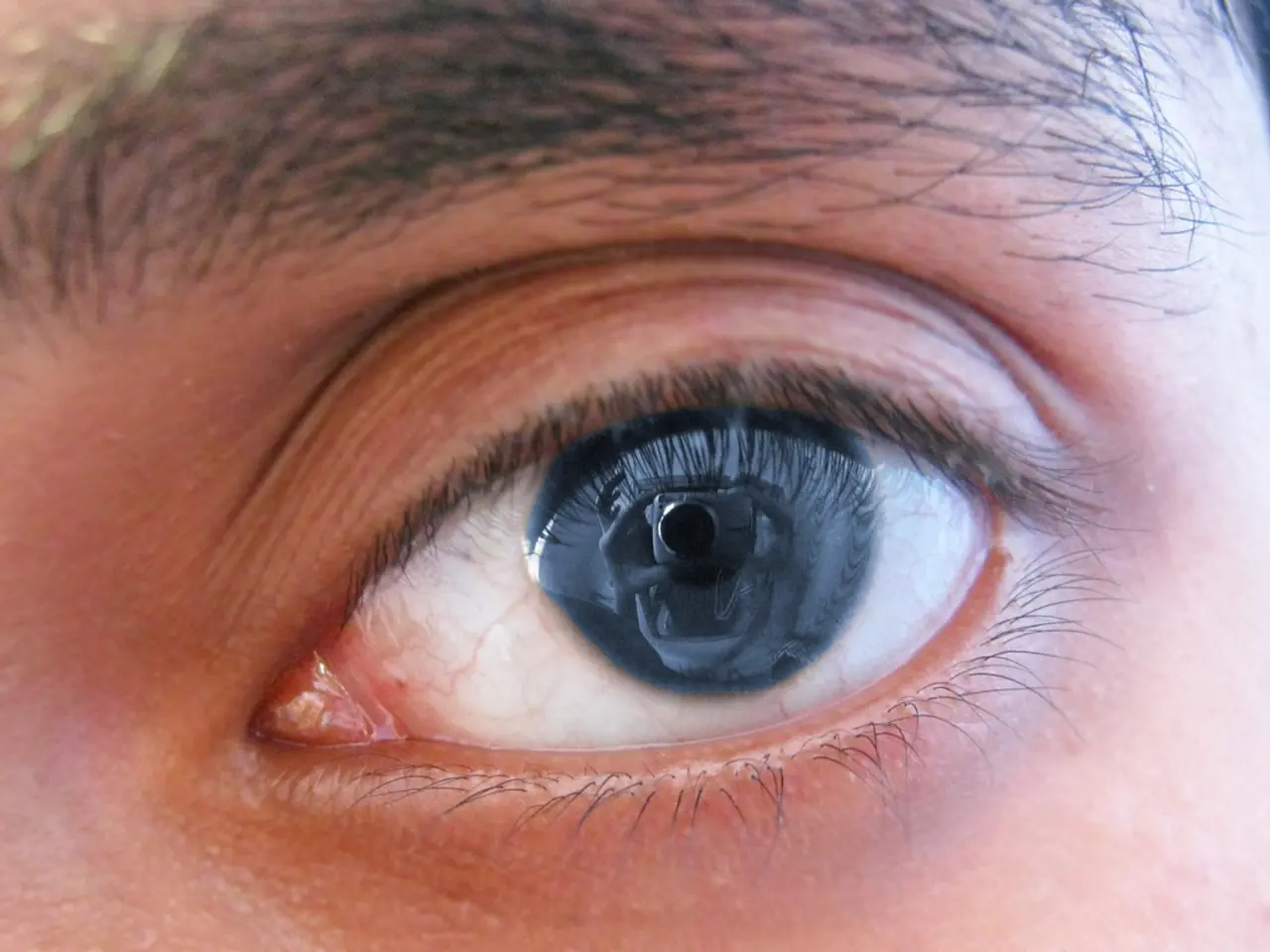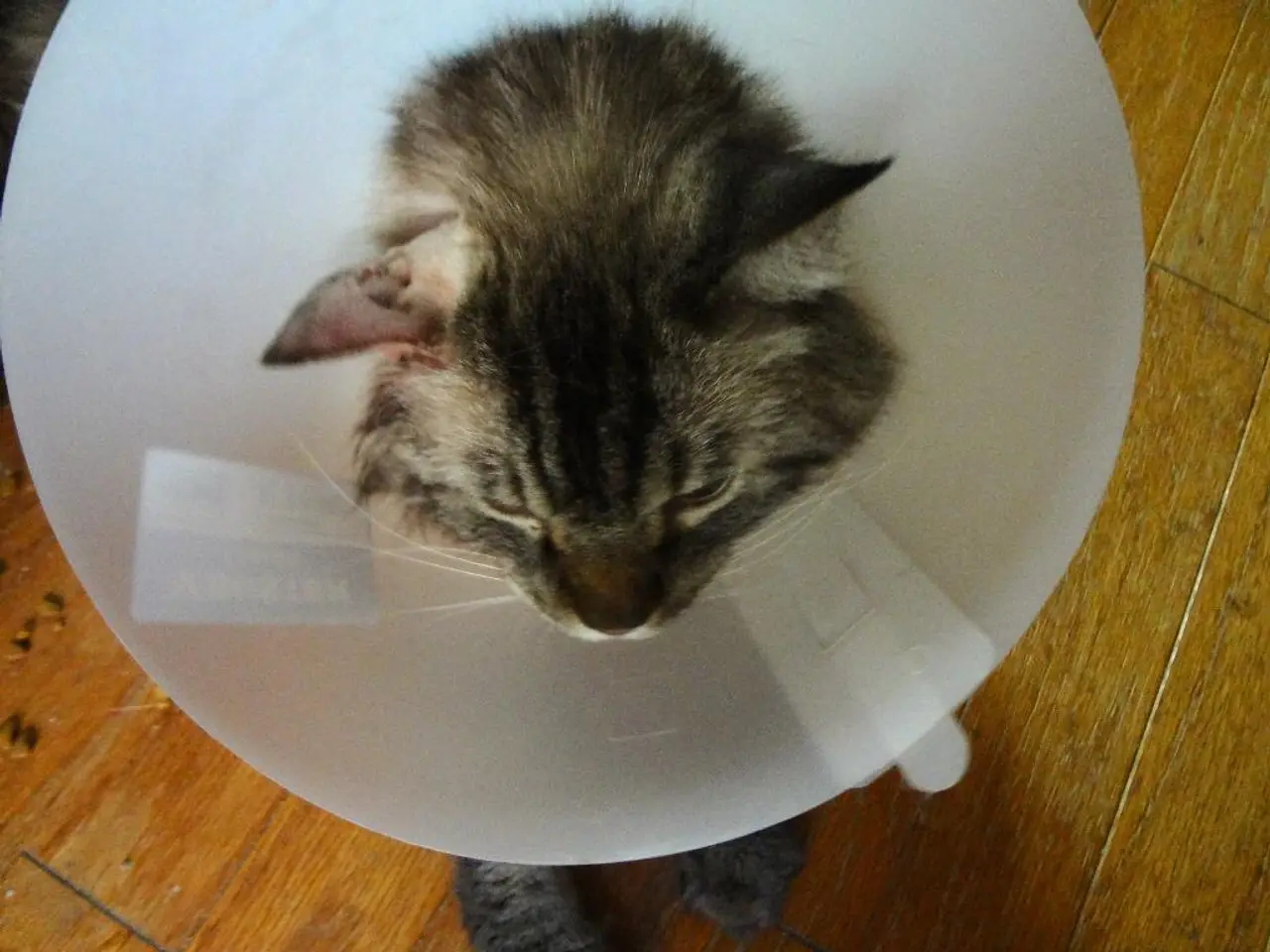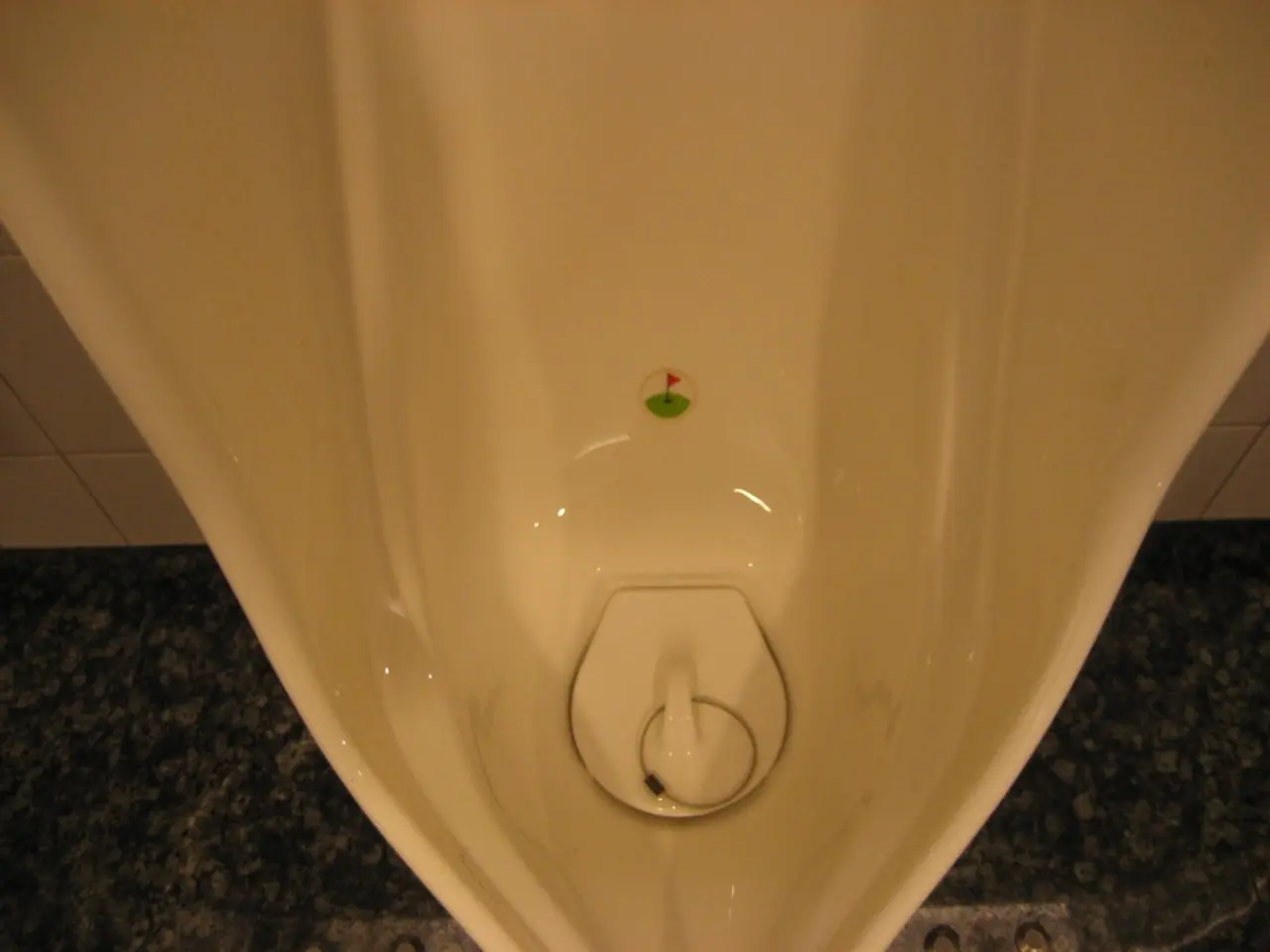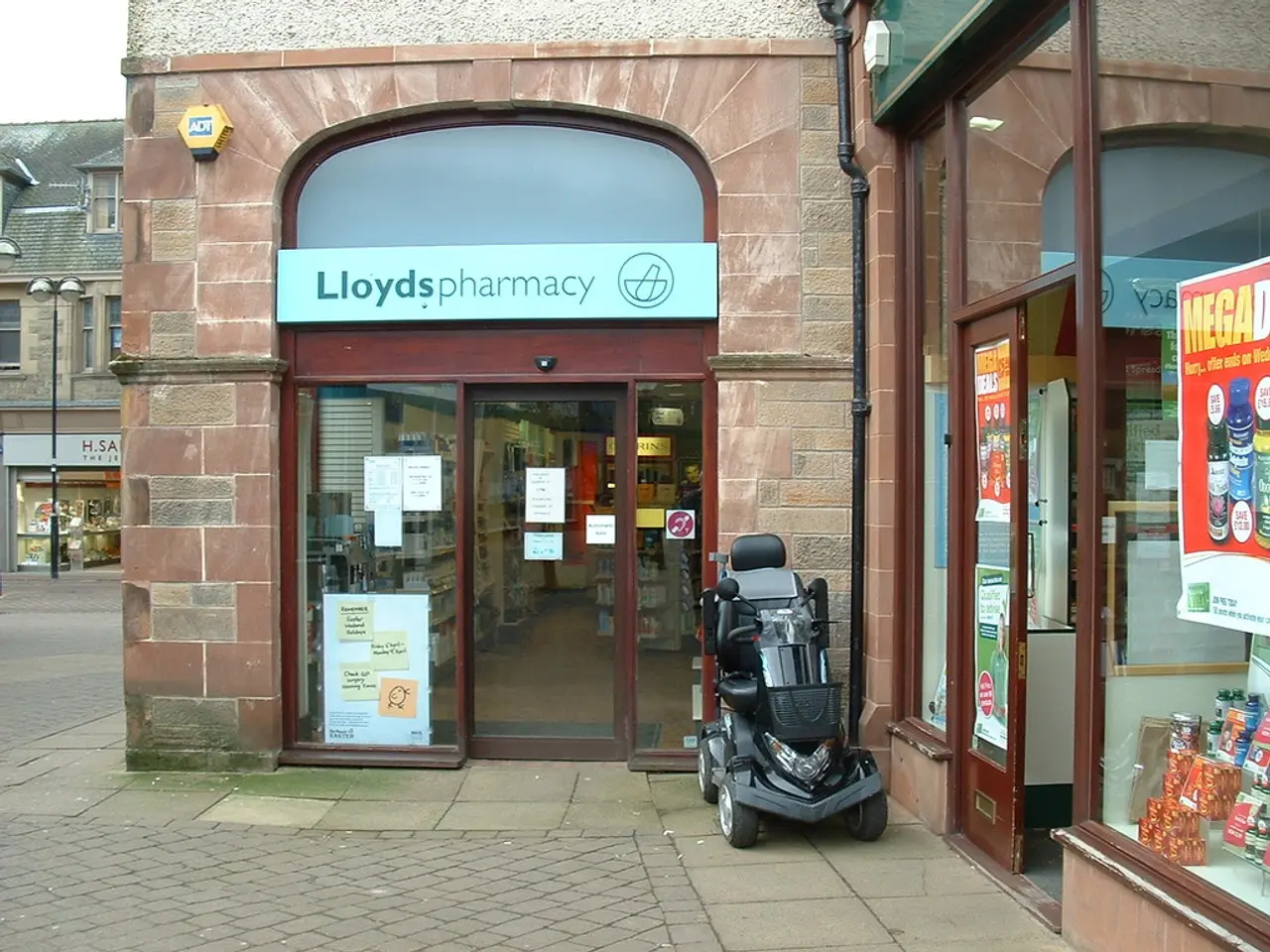A detailed exposition about Chalazion, an eye condition characterized by a bump on the eyelid caused by blocked oil glands in the eyelid.
Chalazia, a common eyelid condition, is characterised by a small, painless lump that forms due to the blockage of an oil gland in the eyelid. This article aims to provide a comprehensive understanding of chalazia, its causes, symptoms, treatments, and prevention methods.
Causes and Symptoms
The primary cause of a chalazion is the blockage of the meibomian glands, which are responsible for producing oil that lubricates the eye. Symptoms of a chalazion include a painless lump, swelling, redness, and blurred vision if the chalazion grows large enough.
It's essential to differentiate a chalazion from other eyelid conditions like a stye or a hordeolum. While both conditions can cause a lump on the eyelid, the key differences lie in their causes, symptoms, and treatments. A stye is typically caused by a bacterial infection, is tender and inflamed, and develops rapidly, whereas a chalazion is non-infectious, often painless, and develops slowly over time.
Diagnosis and Treatment
Chalazia can be diagnosed through a physical examination by a healthcare professional. Treatment options for chalazia include home remedies like warm compresses, gentle massage, and good hygiene, as well as medications prescribed by a doctor.
Home remedies can help soften the hardened oil blocking the gland, allowing it to drain more easily. For persistent chalazia, a corticosteroid injection may be administered to reduce inflammation and promote healing. In severe cases, a minor surgical procedure to drain a chalazion may be necessary.
Prevention and Management
Maintaining proper eyelid hygiene and addressing underlying skin conditions can significantly reduce the risk of developing a chalazion. Factors contributing to the blockage of meibomian glands include skin conditions, allergies, poor eyelid hygiene, and chronic blepharitis. Managing these conditions can help reduce the risk of developing a chalazion.
Limit the use of eye makeup to help reduce the risk of clogged glands. Regular visits to an eye care professional can also help catch any potential issues early. Certain health conditions, such as chronic skin conditions, diabetes, and immune system disorders, may increase the likelihood of developing chalazia.
Additional Tips
Staying hydrated helps maintain overall skin health, including the skin around your eyes. Avoid squeezing or manipulating either a stye or a chalazion as this can worsen infection or inflammation.
Diluted essential oils like tea tree oil can help with chalazia due to their antibacterial properties. Oral medications may be recommended to reduce swelling and discomfort. Regular eye check-ups are crucial for early detection and effective treatment of chalazia and other eyelid conditions.
- Maintaining optimal eye health and managing underlying medical conditions, such as chronic skin conditions or allergies, can reduce the risk of developing a chalazion, a common eyelid condition.
- In addition to good hygiene and warm compresses, mental health and general health-and-wellness practices, like staying hydrated, can contribute to the prevention and management of chalazia and other eyelid conditions.
- Regular skin-care routines, including the avoidance of excessive makeup use, can help prevent the blockage of oil glands that contribute to the development of chalazia.




